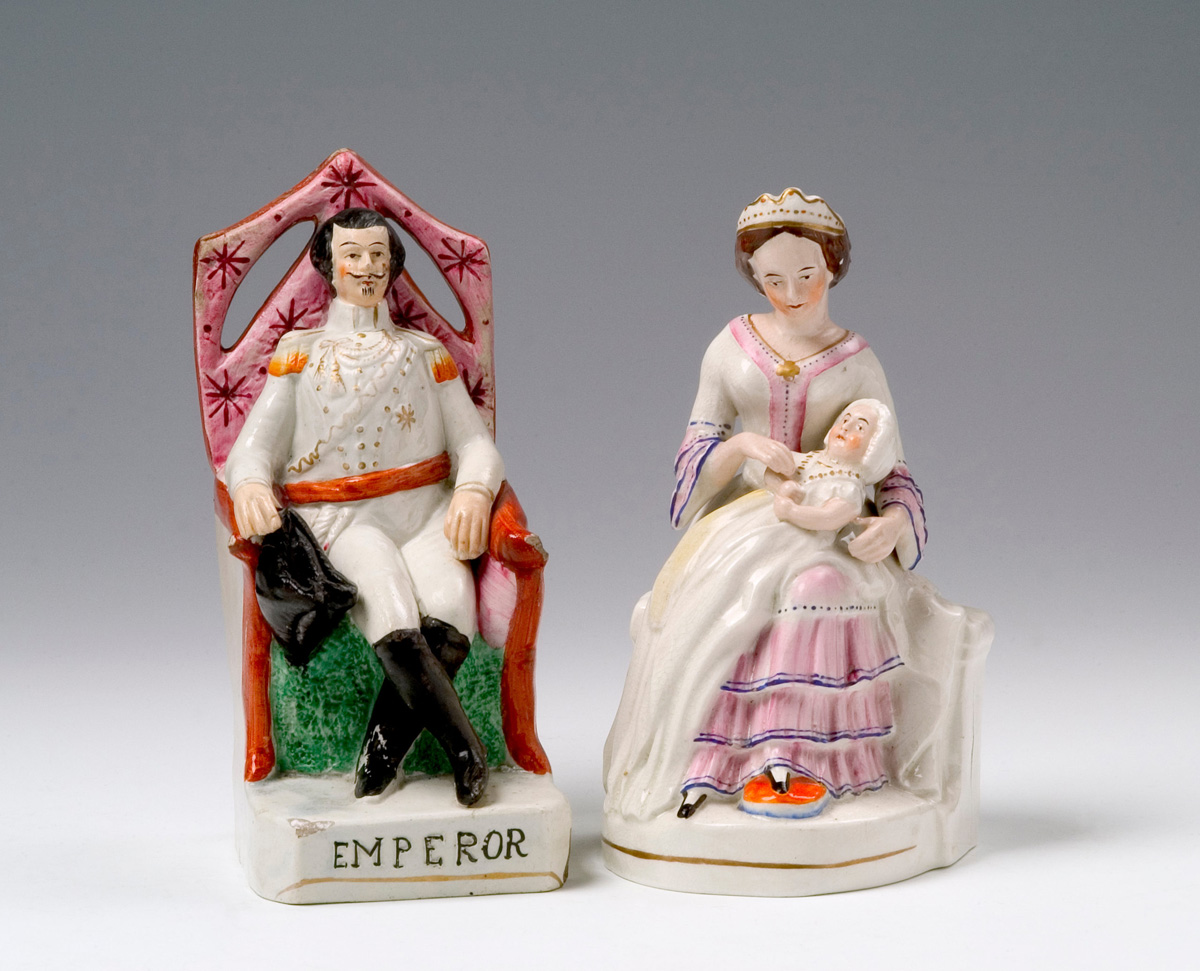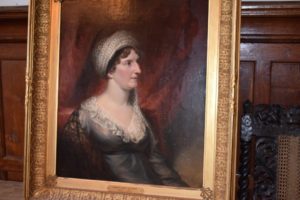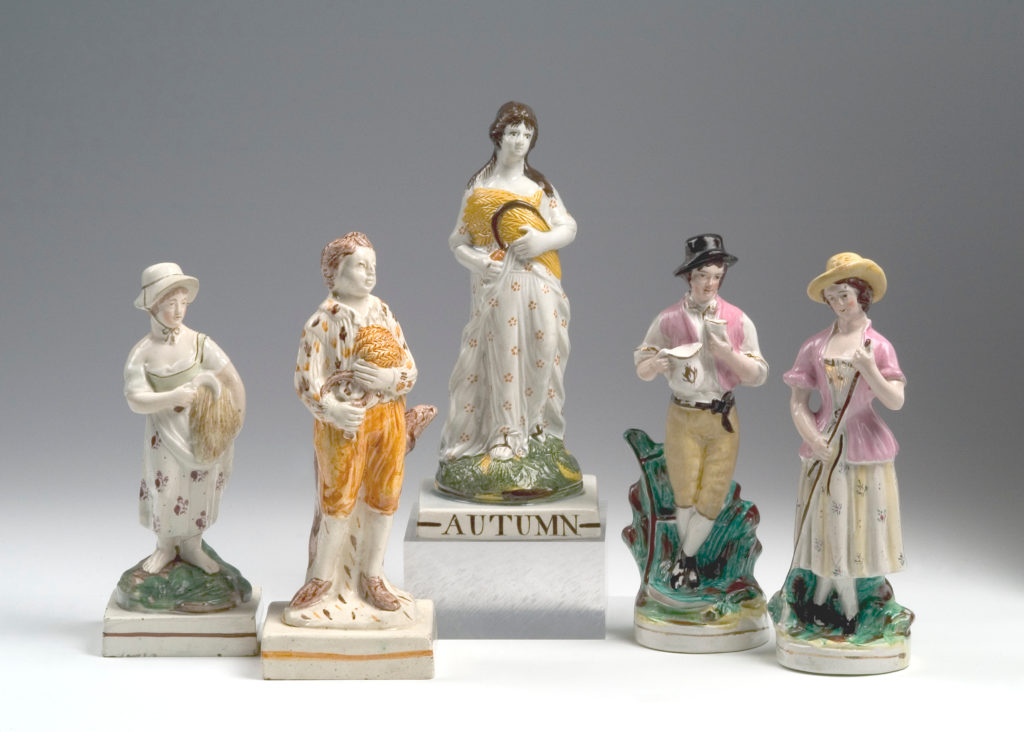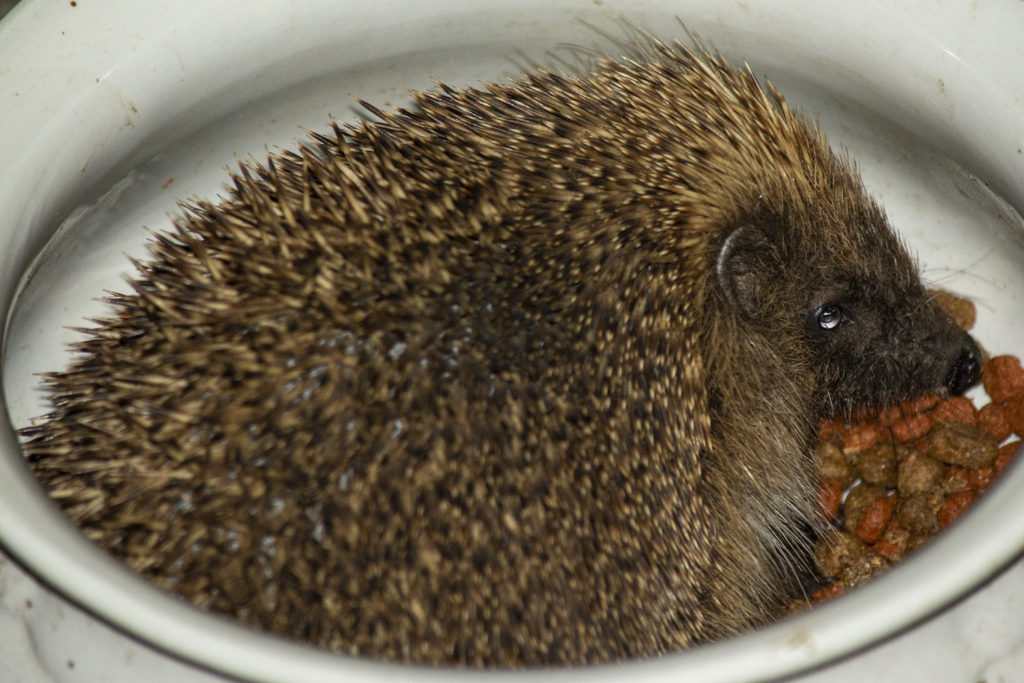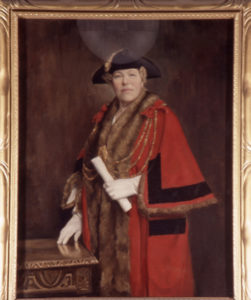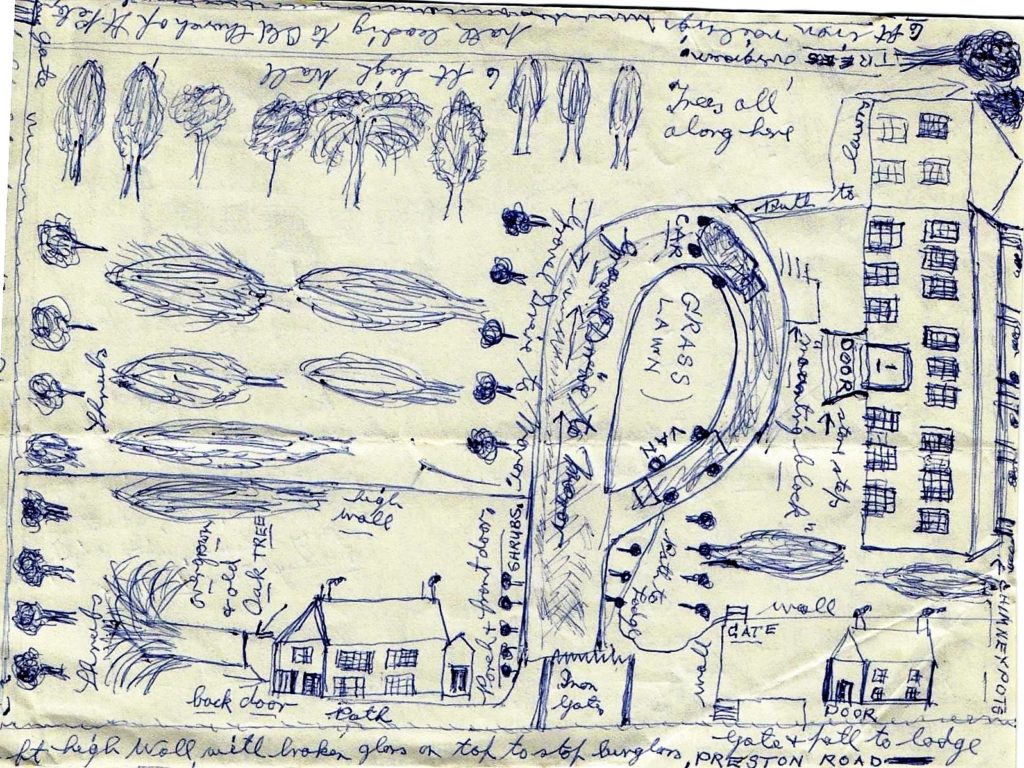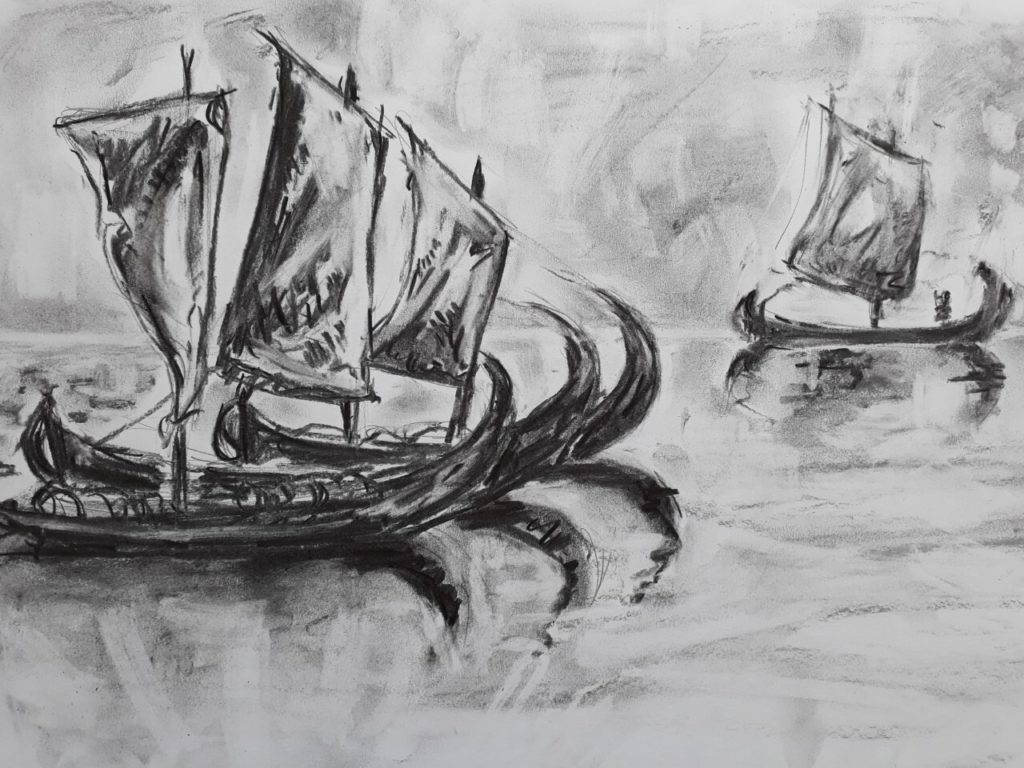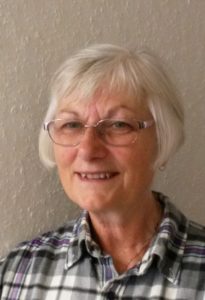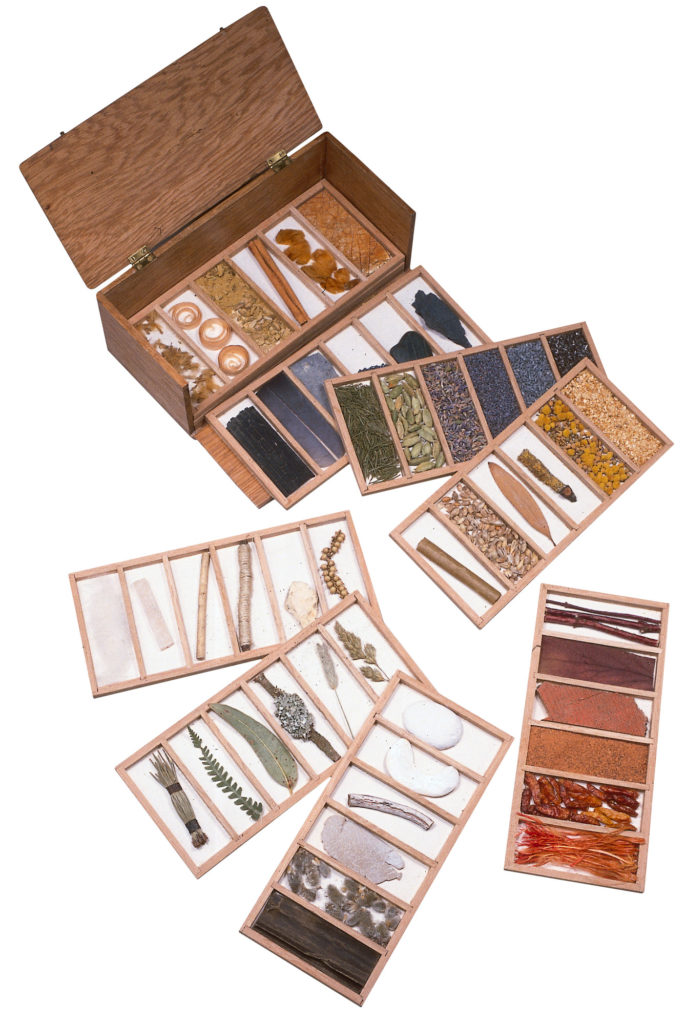
This is a legacy story from an earlier version of our website. It may contain some formatting issues and broken links.
Lockdown Craft Challenge is a new series in which makers at Hove Museum use its craft collections to inspire you to create at home. In this post, Grace Brindle and Rebecca Lean look at collecting inspired by short journeys.
Hove Museum & Art Gallery contains one of the best collections of Contemporary Craft in the South East. It includes the South East Arts Craft Collection and a host of national makers including Alice Kettle, Cynthia Cousens and Richard Slee. This collection contains an eclectic mix of makers, techniques and materials and is a great resource to get your creative juices flowing!
Under the circumstances of Covid-19 we aren’t able to open our doors to the public just yet, so in each blog, we will focus on an object from the collection and challenge our talented Hove Museum maker Rebecca to make something inspired by the piece – and to come up with some crafty ideas that you could make at home too.
This week’s piece is: Steven Follen’s Box of Found Things
Stephen Follen
Steven Follen is an artist and maker who specialises in Design and Applied Arts and works in metalwork and drawing. In his studio practice, he creates metal vessels and large-scale commissions, making beautiful sculptures from wire. Hove Museum & Art Gallery houses one of his metal vessels ‘Grey Vessel’ and his “Box of Founds Things” in our collection.
Collecting Inspiration
Steven says he has always collected things as souvenirs from the places he visits, from pebbles on the beach to shells and twigs from walks on the Sussex Downs.
Much of his work is based on the themes of journeys and maps. In 1989 he bought a Victorian microscope slide box from a flea-market; this box gave Stephen way of containing and ordering things he had collected from his journeys. It allowed him a create a three-dimensional sketch book which acted as a reminder for a place or time and as a source of inspiration.
He has created several of these ‘sample boxes’ which serve different functions and are used as the starting point for his projects. The one housed at Hove Museum & Art Gallery, titled ‘Box of Found Things’ is made from recycled oak and is based on the Victorian microscope slide box from the flea market. He has arranged the objects in it by following a Victorian idea of collecting, preserving, and ordering and are arranged in colour order throughout the trays.
Many of these objects would normally have been thrown away or left to compost, but by looking at them closely some of them are beautiful in their own right; others get a new life by being placed in a box and going on display. By organising them in groups, you can really see incredible range of colour and texture that exists in objects in the natural world.
The Challenge
I think it is interesting why people collect things. Is it sentimental, is it creative? A shape, texture or colour that captures your imagination and you’d like to use for inspiration? Or is it to remember a place, to make a mental marker for somewhere you have been and wish to remember?
Rebecca, I know you love collecting, you’ve told me so many times your house is like a mini museum, so I challenge you to make something inspired by Stephen’s 3-D sketchbook. They can only be made from things you can find at home or on your walks during quarantine.
Grace Brindle, Collections Assistant
Challenge Accepted!
I’ve always loved to collect things; I can’t go anywhere without having my eyes to the ground just in case there’s something unusual to pick up and add to my collection. I think a lot of people who are drawn to museums want to almost reconstruct their own little version at home and find themselves unconsciously curating little displays of trinkets and finds – one person’s trash is another’s treasure!
My own finds are on every shelf, littering every spare workspace. The neatness and restraint of Stephen Follen’s objects, curated in one place, is very appealing.
Lockdown Journeys
Like many people during lockdown, I have noticed that the places I visit look a lot different to how they did before. Stephen Follen collected things from his significant journeys and I feel daily walks have become a significant journey for many of us.
I decided to collect little bits of nature from each walk. Having a project where I suddenly had to really focus on what I could find made me start to appreciate things that I might not have noticed before, like how many types of tree I was passing by each day. With such lovely warm weather for spring, most trees and plants are in bloom right now and I wanted to mark this by collecting at least one leaf or natural object each time I went outside.
Victorian Arrangements
As I started to arrange these items carefully in wooden boxes, I suddenly thought to myself: why stop there? Why be limited to the things that I am only able to find on my daily walks? Why not create items that I would love to find on my journeys or even on a faraway trip? I started to think, what would I really like to find if I were strolling along under the cliffs, along the beach or up on Devils Dyke? What would be amazing to find? How can I make what I wanted to find from what I already had in my home?
1. A Blackbird’s Egg
I started with a blackbird’s egg – it’s illegal to collect eggs in real life – so I thought I’d make my own. Blackbird’s eggs are the most amazing colour! Wouldn’t it be amazing to add one of these to put on my shelf of oddities? I rooted around for something I could use to make an egg. Rolling and putting pressure on a polystyrene ball makes a fantastic egg shape. I mixed some shades of blue and green tester pots of matt paint and — voila! — I had a blackbird’s egg to add to my collection!
2. Gemstones
On a colour high, I decided I was determined to make some gemstones. Maybe some Amethyst, some Garnet, a bit of Lapis lazuli, but what would give me those sharp crystal-like edges? Perhaps one of the more unusual materials…soap! I carved little pieces of soap into crystal shapes and painted them. I added little bits of grainy texture to some of the paint to give it a more realistic surface.
3. Fossils
I also have a genuine love for fossils – the soap would definitely come in handy for making these too.
4. An Arrowhead
An arrowhead seemed like a fantastic find to come across! Some moulded and painted blue tac was ideal and gave the object the right weight too.
5. A Jewel beetle
I have always been fascinated by the colours of jewel beetles, but have never been lucky enough to spot one in the UK. A polystyrene ball, acrylic paint and a dab of eyeshadow made the perfect cruelty-free way to add a jewel beetle to my collection.
6. A dash of lavender and some Ginkgo leaves
I missed the smell of lavender from my walks further afield. Some thick wire with a mix of green cotton threads and PVA glue wound tightly around it made great stalks! Purple felt acted as the buds. Tissue stained with a mix of turmeric and tea makes a fantastic rich colour for beautiful Ginkgo leaves.
7. Skulls
I am a real fan of skulls, I think this comes from studying archaeology at uni – all archaeologists love skulls! I decided to make two different types from different materials to experiment with texture. The large skull I molded from Fimo clay and made the small rodent-like one from papier mache.
A Box of Lockdown Memories
In my box of found objects I have recorded my own journey and experience of this lockdown period. I loved the excitement of being able to get out into the fresh air and experience the area I live in in a very new way. With busy streets now quiet, and no need to rush about, I have been able to mindfully focus on the little ecosystem of city life. The beautiful flowers growing in my neighbours garden, the different architecture from road to road, and the diverse network of trees in bloom above me.
[arve url=”https://youtu.be/4ubgK91fK88″ align=”center” /]
I have also been able to create items to remind me that happier days will come: journeys to well stomped walks, trips to much loved towns and cities, but also visits to new faraway places. This part of my own box of found objects records these imagined visits. The array of colours, textures and shapes will hopefully inspire me to create something new.
Rebecca Lean, Museum Maker
As you can see, craft can be done with quite literally anything! We would love to see your own box of quarantine objects, lockdown memories or future hopes, whether you have collected them or made them. Send your photos in to grace.brindle@brighton-hove.gov.uk and they may be featured in our blog.
Look out for more Craft Challenge posts soon.
Error: Contact form not found.















